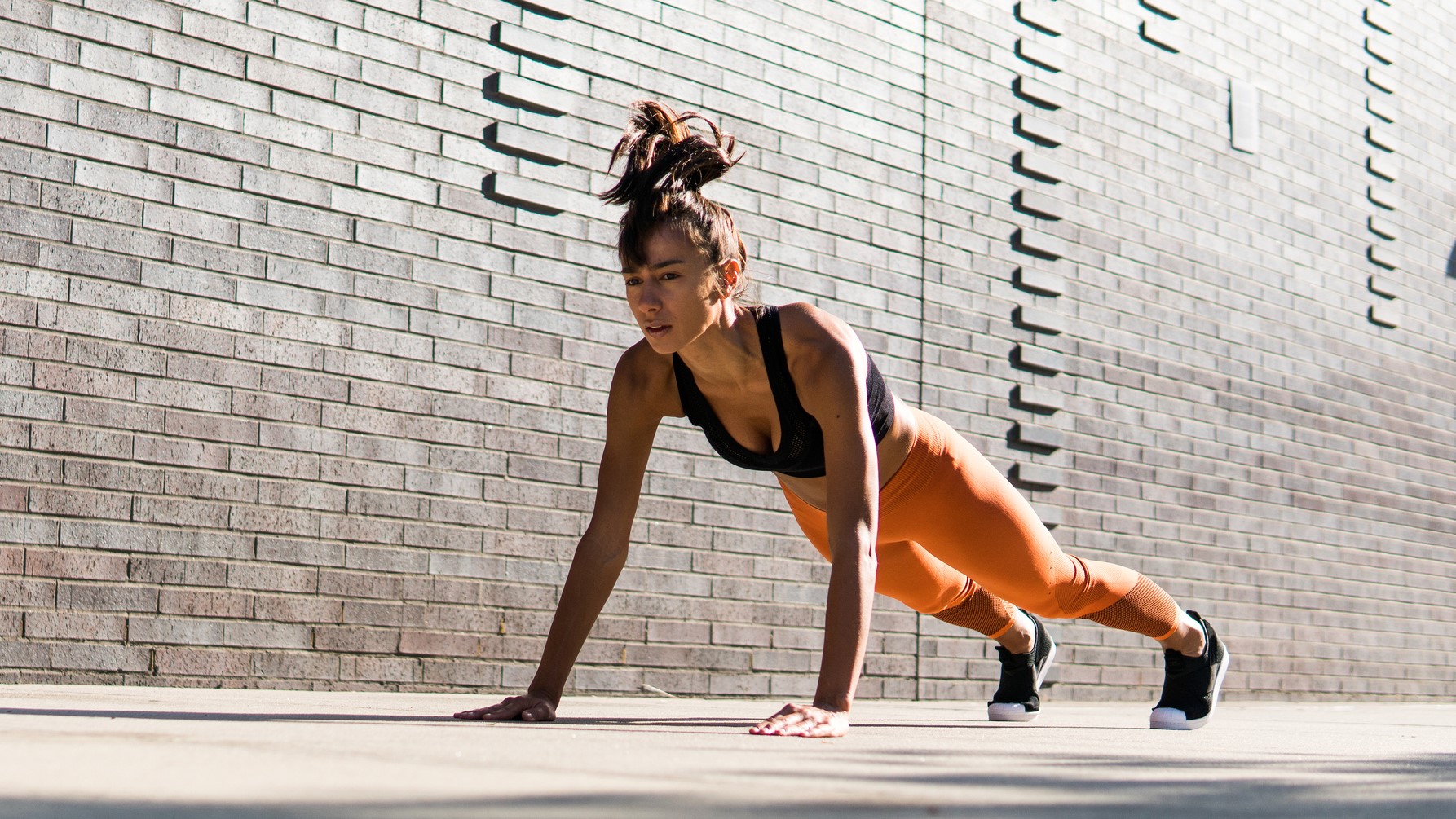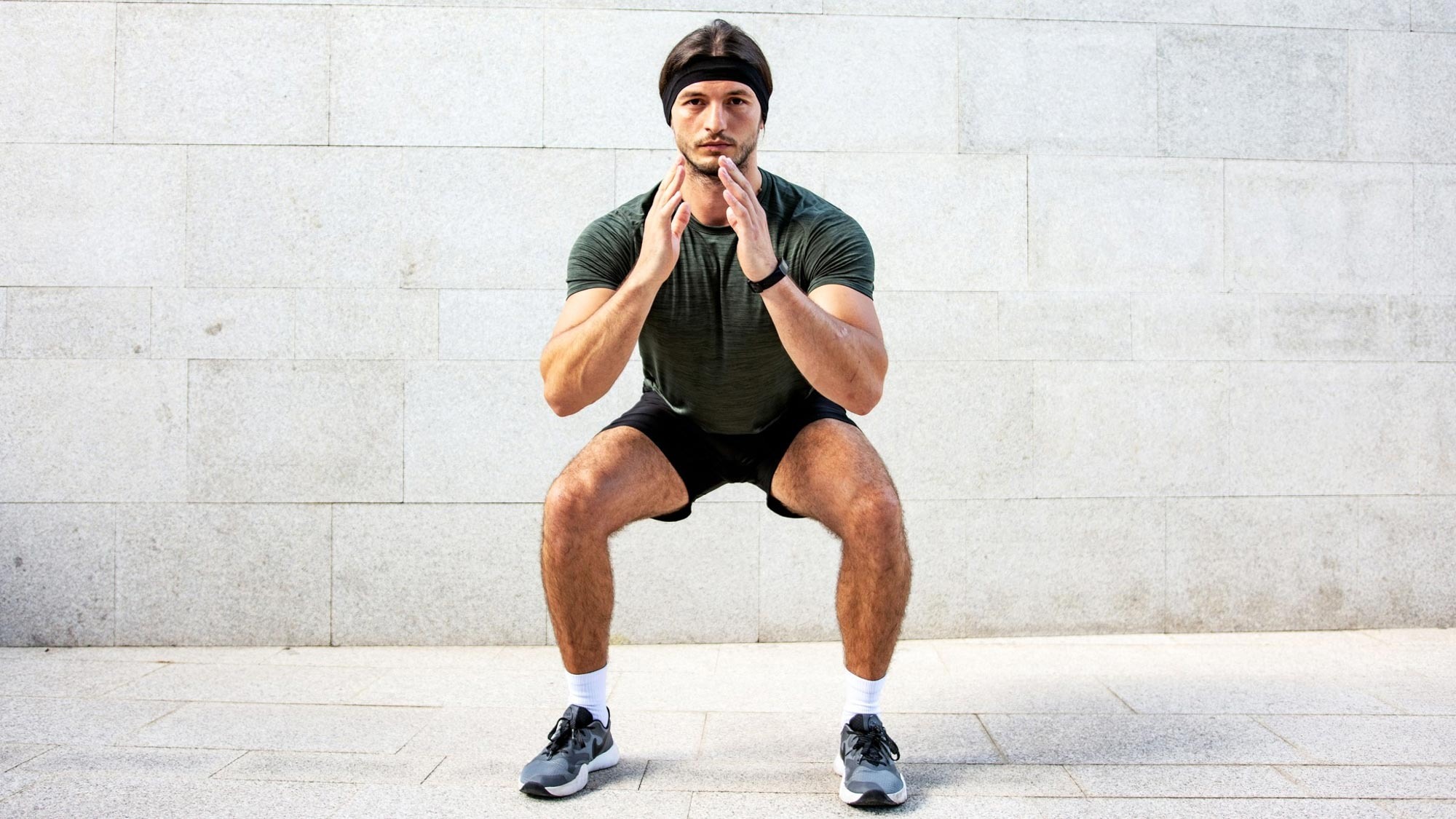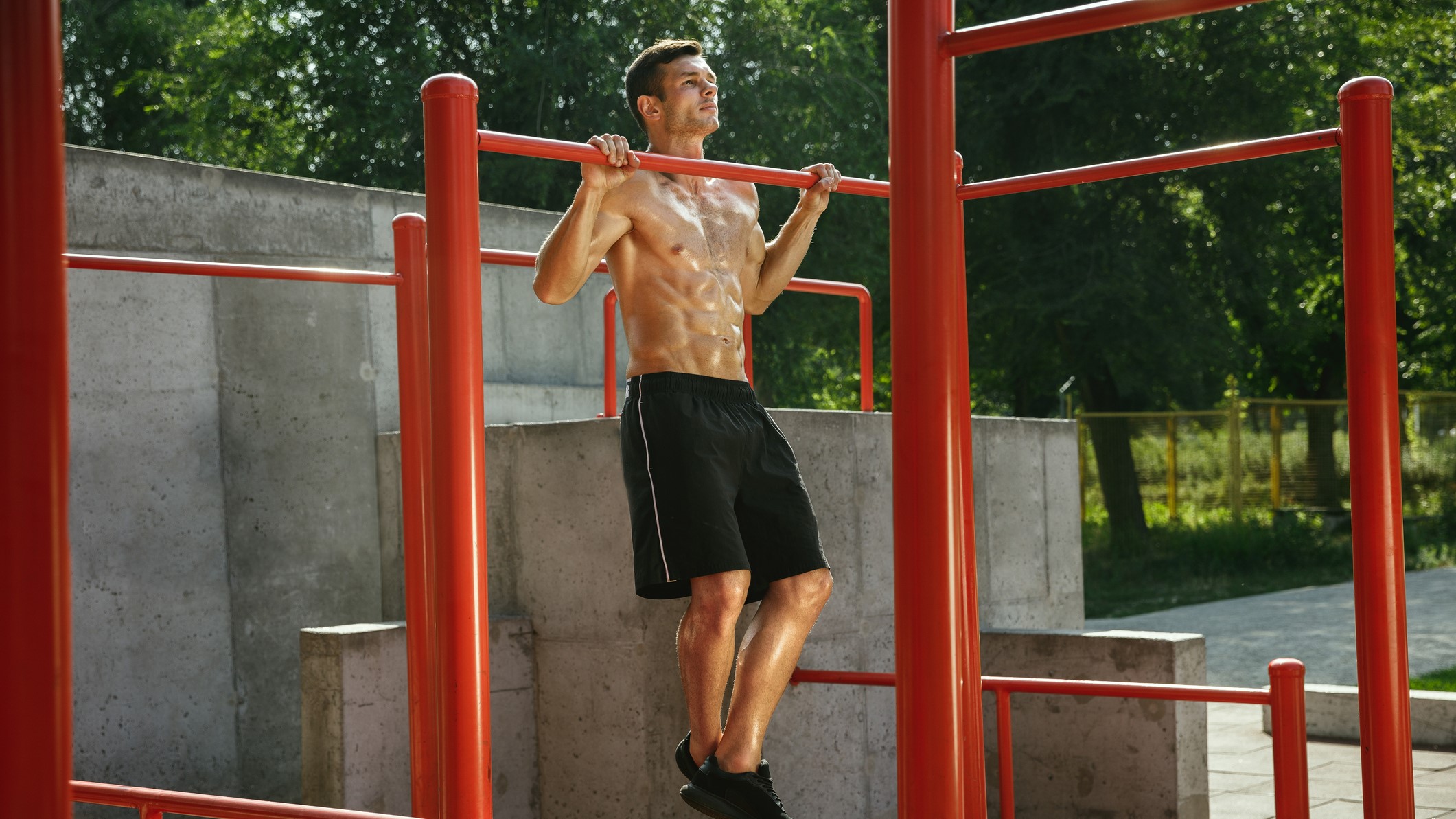
As a personal trainer and fitness writer for Tom’s Guide, I try to impart the best advice on training frequency and volume, especially as everyone responds differently to exercise.
So, about rest days. Sadly, I can’t hit you with the perfect algorithm for work-rest ratio, that part is up to you, but I can provide some guidance from my time as a trainer, working with a range of clients.
Rest days, although essential to muscle growth, building strength and boosting recovery, might not feel necessary, but they are. Without rest days, your training potential, performance, and results may decrease, and you might increase your likelihood of injury and burnout.
Way back, I used to think rest days meant I was lazy, but boy was I wrong. Rest days are the hack we all need to take seriously, and I’ve got three reasons why. Here they are.
Recovery vs burnout
Imagine a hamster running relentlessly in its wheel — at some point, it must stop. Humans are the same.
There’s plenty of science to show recovery is when your muscles rest, recover and repair from micro-tearing to muscle fibers during exercise. During recovery, your body produces the growth hormone, helping muscles to grow and strengthen.
If your body can’t rest, your muscles can’t recover, hindering the muscle growth process. It’s key to all training plans, regardless of whether you prefer hypertrophy or strength training, or another type of exercise.
Injury prevention

Overtraining syndrome is a result of excessive exercise without rest with symptoms ranging from fatigue to sore and stiff muscles.
Overtraining or overuse can increase your likelihood of injury, especially if your body hasn’t had time to recover from hard or long efforts, resulting in fatigue. Cortisol, the stress hormone released during high-intensity exercise, can prolong the time the autonomic nervous system spends in the sympathetic nervous system — fight-or-flight.
If you exercise close to bedtime, this can also disrupt sleep. When you’re tired, your form is more likely to take a backseat and your body is less prepared for exercise, increasing your chances of getting injured.
Progress

Aside from what’s happening inside your body, you might also experience emotional and physical burnout, leading to a lack of motivation, consistency, and therefore, progress. Consistency is key to making progress, and the research shows that even one or two days of strength training per week is enough to improve fitness metrics.
Rest days, even if that just means including active recovery like walking, swimming, or a stretching or mobility routine, can prevent you from becoming overtired and writing off a whole week due to burnout. There isn’t much to be gained from turning up to the gym barely able to lift because your head and body have checked out.
The SAID principle — Specific Adaptations to Imposed Demands — is a concept used in strength training. When the body withstands stress, it makes physiological adaptations to get better at handling it again in the future. With consistency, the body can specifically adapt in response to demands, meaning you can build strength, muscle mass, endurance, power and more.
There’s a big difference between building mental stamina by pushing through feeling unmotivated or uncomfortable versus listening to your body to learn when it needs rest. Read the subtle cues that signal burnout for you. The most effective workouts are the ones you show up for in mind and body.
Are rest days important?

Yes! This is when all the gains are made, and there are some signs you can look out for. If you wear one of the best fitness trackers like an Apple Watch, Garmin, or Oura Ring, these devices can detect when your body is under stress. The Oura Ring even has a Rest Mode you can toggle on when it picks up prolonged elevated stress levels.
Although putting physical stress on the body during exercise helps the body to endure, strengthen, and get fitter, sustained stress without downtime can actually negatively impact the body in the long run, raising your cortisol levels and making it harder to lose fat, so rest days are crucial for recovery.
What are the signs you need a rest day?
If you don’t want to rely on a fitness device, other signs you need a rest day include low mood, fatigue, elevated heart rate, lack of focus, disrupted sleep and an increase in injuries.
Fitness trackers can track something called Heart Rate Variance (HRV), which looks at your heart rate trends over time. This data plays into “Readiness Scores” which tell you how recovered and prepared your body is for activity.
Sleep is also a form of recovery and plays into readiness; it’s when your body rests and digests, so a lack of good quality sleep over time can negatively affect your training efforts, leaving you feeling depleted and less energized and refreshed when heading into exercise. Experts agree sleep is one of the vital pillars of health and fitness regardless of your training level, so try to prioritize sleep where possible.
Oh, and did you know, a sleep expert says a nap could be the secret to more energy and better workouts?
How many rest days is enough?
This looks different for everyone. Some people can cope with exercising every day. Still, even professional athletes incorporate rest and recovery into their training plans as a priority, so I recommend taking one to two days for most people as a general rule of thumb.
If you do a lot of low-impact workouts like Pilates and yoga, you might not feel like you need days off every week, so you may choose a walk or light cardio instead of resting altogether. Really, it comes down to the type of training you do. I wouldn’t recommend HIIT seven days a week, for example, so try to limit these to four or five days.
If in doubt, think of your chosen exercise, its intensity and how frequently you train. If you enjoy strength training and head to the gym to train a different body part each day, you might find one day off is enough, given that you’re not training the same body part each time.
Anyone who loves cardio, particularly endurance athletes, will likely need more rest from the impact of running on the body. If you can, work with a personal trainer or running coach to determine a training plan that works for you; if that isn’t an option, listen to your body and rest when you feel you need it. If you're heading into a session feeling depleted, it might be time to skip.
Various lifestyle factors play into exercise readiness outside of sleep, like diet, stress, and your existing fitness levels, so while the amount of days you rest is unique to you, studies have shown that you need it, regardless.
Bottom line

Just remember that rest matters and taking a few days to focus on recovery during the week doesn’t mean you’re slacking.
Muscle growth in particular follows the principle of progressive overload, meaning you’ll gradually adapt your training plan over time as you get stronger over weeks and months; putting in the hard work during exercise is when your muscles experience stress and damage, and rest and sleep is when they can rebuild post-workout.
.As a beginner, you might need more rest, say, three or four days per week, resting muscle groups for 24 to 48 hours, which can be reduced to one to two days if you have a lot of experience in the gym.
On the other hand, if you’re lifting heavy several times a week, a few days off during the week is no bad thing to prevent overuse. I would then recommend some low-intensity or low-impact movement on these days.
During the days you take off, try to lean into it and enjoy the break, rather than worrying about ruining your training efforts. It's an opportunity to enjoy other activities and exercise should never be a punishment.
More from Tom's Guide
- You'll never do sit-ups again after trying these 5 dumbbell ab exercises — according to a personal trainer
- No gym? Use this 30-minute walking workout instead to build a stronger upper body and core and boost your metabolism
- Apple Watch Ultra 3 and Apple Watch 11 rumored to finally get this long-awaited health tracking feature
Sign up to get the BEST of Tom's Guide direct to your inbox.
Get instant access to breaking news, the hottest reviews, great deals and helpful tips.

Sam Hopes is a level 3 qualified trainer, level 2 reiki practitioner and senior fitness writer at Tom's Guide. She is also currently undertaking her Yoga For Athletes training course. Sam has written for various fitness brands and websites over the years and has experience across brands at Future such as Live Science, Fit&Well, Coach, and T3.
Having worked with fitness studios like F45 and Virgin Active, Sam now primarily teaches outdoor bootcamps, bodyweight, calisthenics and kettlebells. She also coaches mobility and stretching-focused classes several times a week and believes that true strength comes from a holistic approach to training your body.
Sam has completed two mixed doubles Hyrox competitions in London and the Netherlands and finished her first doubles attempt in 1:11.









